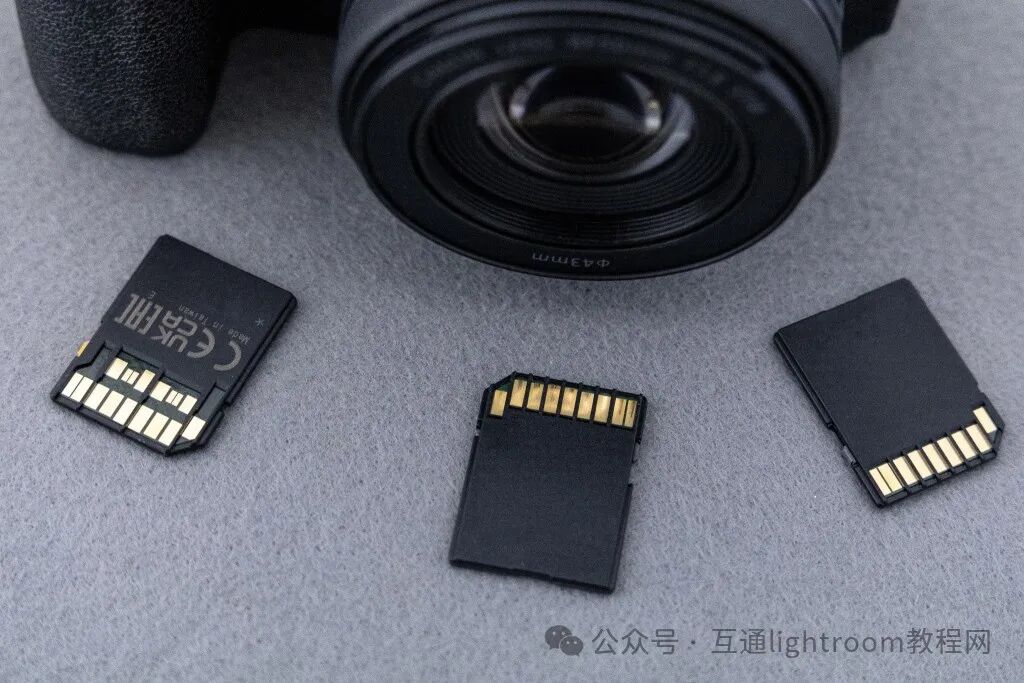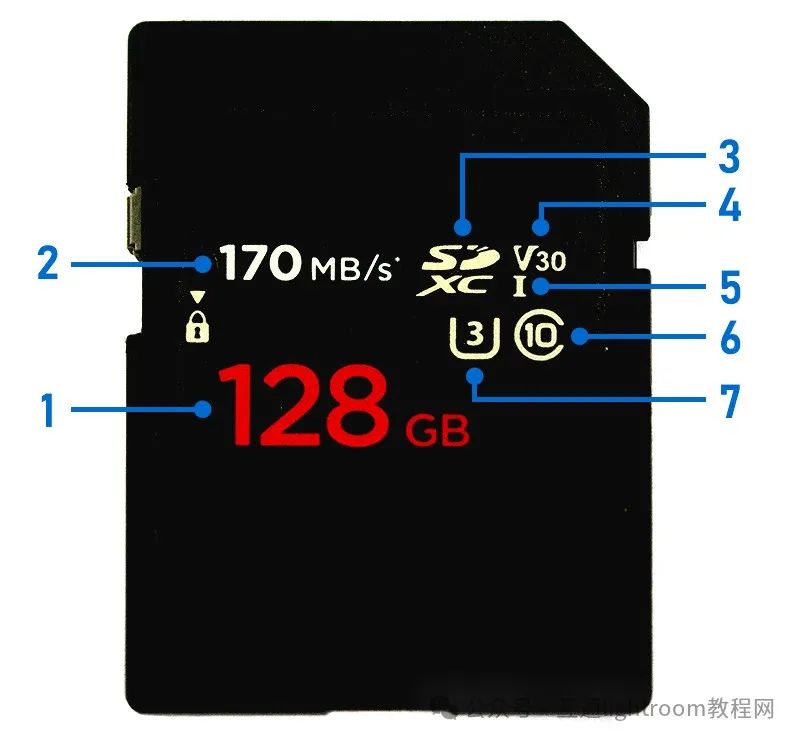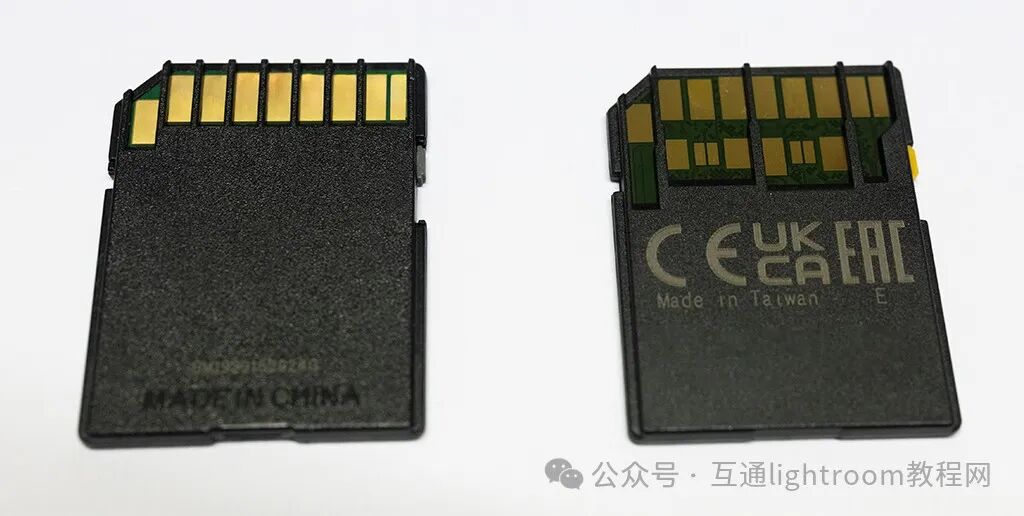Choosing the right SD card can help maximize your camera’s performance, especially when recording videos or performing high-speed continuous shooting. Here’s what you need to know.

1. SD Card Icon Explanation Guide

1. Data Capacity
2. Maximum Read Speed (some cards may also list write speed)
3. Capacity Type
4. Video Speed Class
5. UHS Bus Speed Type (I or II)
6. SD Speed Class
7. UHS Speed Class
Next, we will explore the different card specifications and how they affect your choice.
2. Data Capacity and Capacity Type
The capacity type of SD TM storage cards is directly related to their capacity.
Most cameras produced after 2010 have SDXC card slots and are compatible with all three types of SD cards.
When should you choose a higher capacity card?
If you are shooting videos or frequently using continuous shooting, you should opt for a larger capacity card (at least 64 GB). For such uses, you should also pay attention to other specifications, such as speed class (see 3.), as these will affect recording reliability and the modes available.
Otherwise, the capacity you choose depends on your personal preference. Some photographers prefer to use several smaller capacity cards to minimize the risk of card failure. Others prefer one or two larger capacity cards for easier management.
3. Maximum Write Speed
Can the card keep up with your camera’s data output?

Capture unpredictable dramatic moments: use a high-performance storage card to unleash your camera’s fastest continuous shooting speed.
The maximum read speed tells you the maximum speed at which data can be read from the card (e.g., transferred to a computer), measured in megabytes per second (MB/s or MBps; note that “MB” is uppercase).
The maximum write speed tells you the maximum speed at which data can be written to the card (in megabytes per second), with the maximum read speed typically being higher than the maximum write speed.
If your card has only one number, it usually refers to the maximum read speed. However, you should be able to find the maximum write speed somewhere on the card packaging.
If there are two numbers,
– “R: XX MB/s” refers to the maximum read speed;
– “W: XX MB/s” refers to the maximum write speed.
Keep in mind that these are the fastest speeds: actual read and write speeds may vary. However, if you want to reliably record video or high-speed continuous shooting sequences, the card you choose must be able to maintain a certain minimum write speed to keep up with the constant data flow. This is known as the minimum sustained write speed and is the standard for the three “speed classes”.
4. Speed Class: Important for High-Resolution Video Recording
Maintaining a reliable write speed
There are three types of “speed classes” defined by the SD Association, designed to provide a universal benchmark for the speed classes of SD cards. Most SD cards are now at least C10 or U3. However, this may not be sufficient, depending on:
– Camera model
– Recording resolution
– Frame rate
– Compression method (ALL-I, IPB, or IPB Light?)
– Color depth (10-bit/8-bit. Canon Log and HDR PQ are 10-bit recording formats)
This is because different cameras record data at different bit rates (Mbps or megabits per second; note that the unit is “Mb”, 1MB = 8Mb). If in doubt, check your camera’s user manual; the minimum card performance required for various video functions is usually listed in the “Specifications” section.
5. UHS Bus Speed: UHS-I or UHS-II?

UHS-I cards (left) have one row of interface pins, while UHS-II cards (right) have two rows. The extra row of pins allows UHS-II cards to achieve faster data transfer (up to 312 MB/s) compared to UHS-I cards (up to 104 MB/s). You will be able to take more photos in a single continuous shooting sequence before your camera is busy writing data to the card.
However, before you rush to buy a UHS-II card:
1. Ensure your camera is compatible with UHS-II. Some camera models only support UHS-I cards.
2. Check the card’s write speed. Some UHS-II cards, especially lower-priced ones, may have extremely fast read speeds but much slower write speeds.
6. Other Important Information About SD Cards
– They are not suitable for long-term storage; do not use them to archive your photos and videos long-term!
– Format your card before use. This helps ensure fresh storage space; simply erasing or deleting files on an old card does not completely remove all residual data. Formatting is more thorough and helps reduce the risk of data corruption.
– Format your card in the camera you will be using it in. This ensures the card’s file structure is optimized for the camera, greatly improving recording speed and stability!